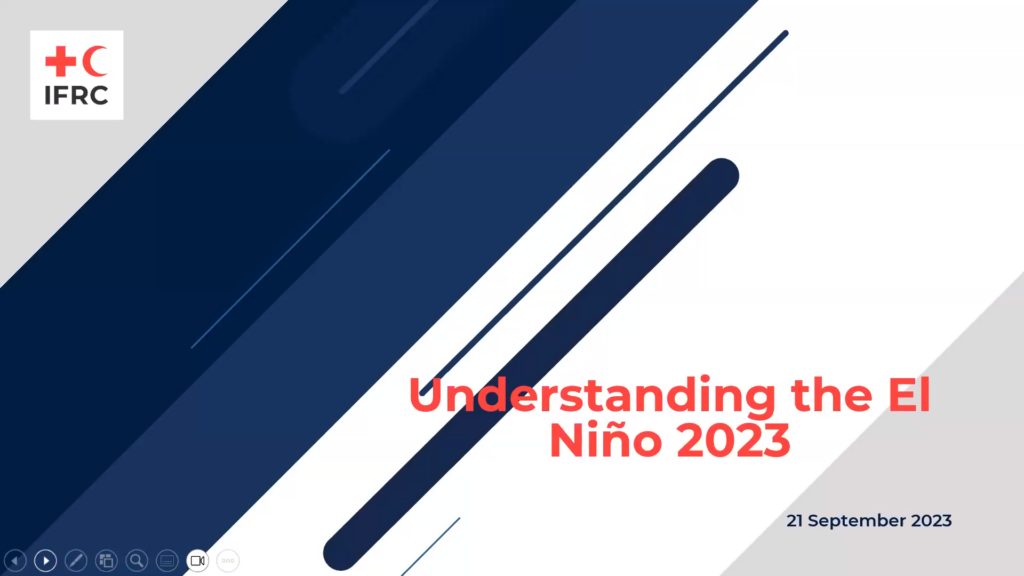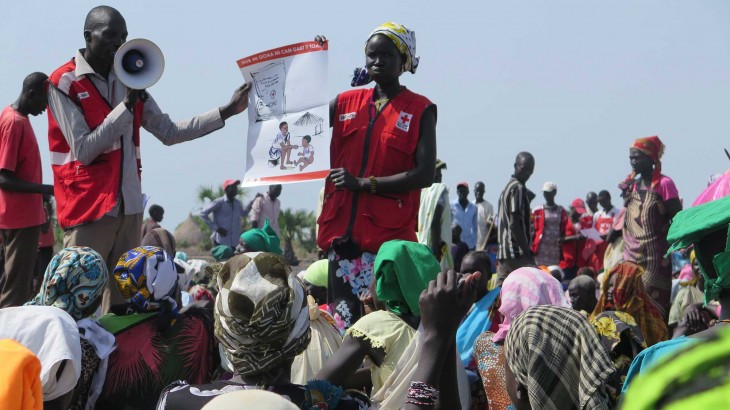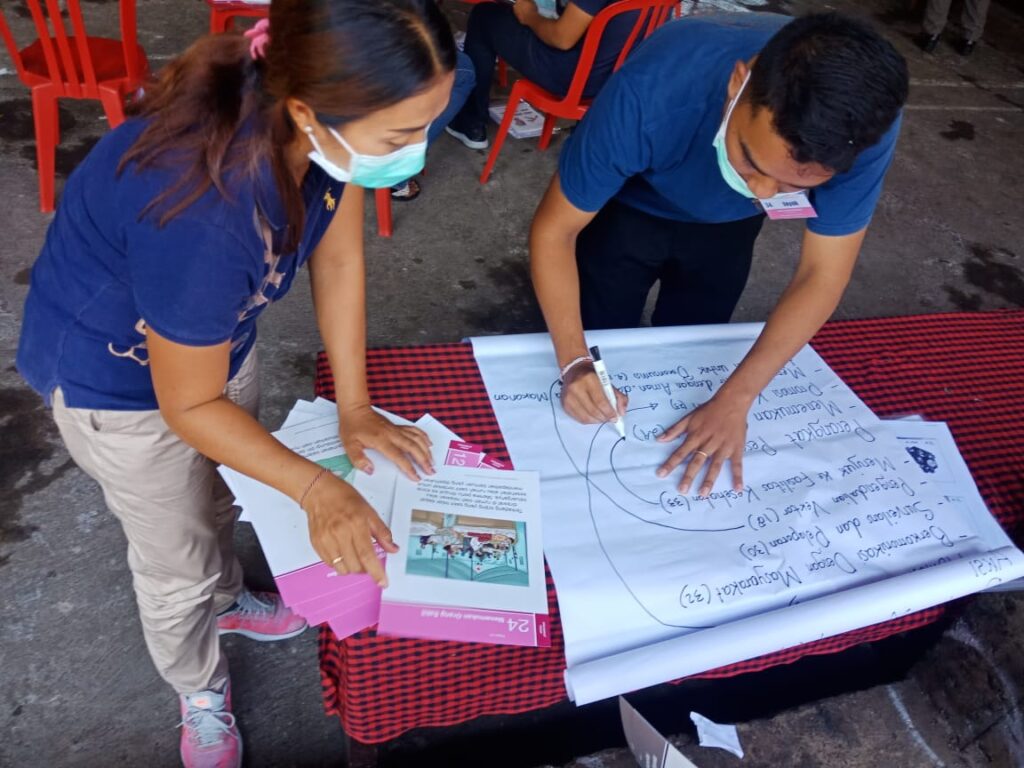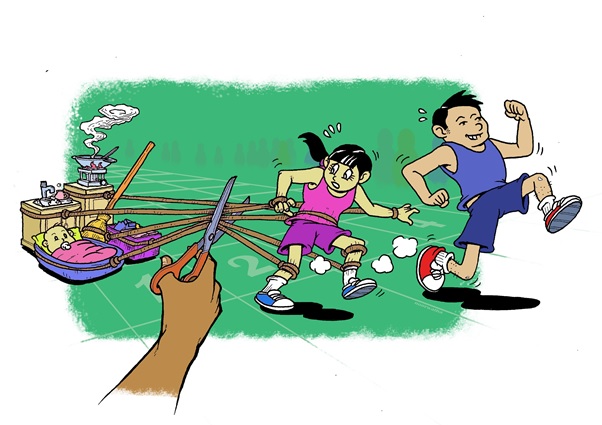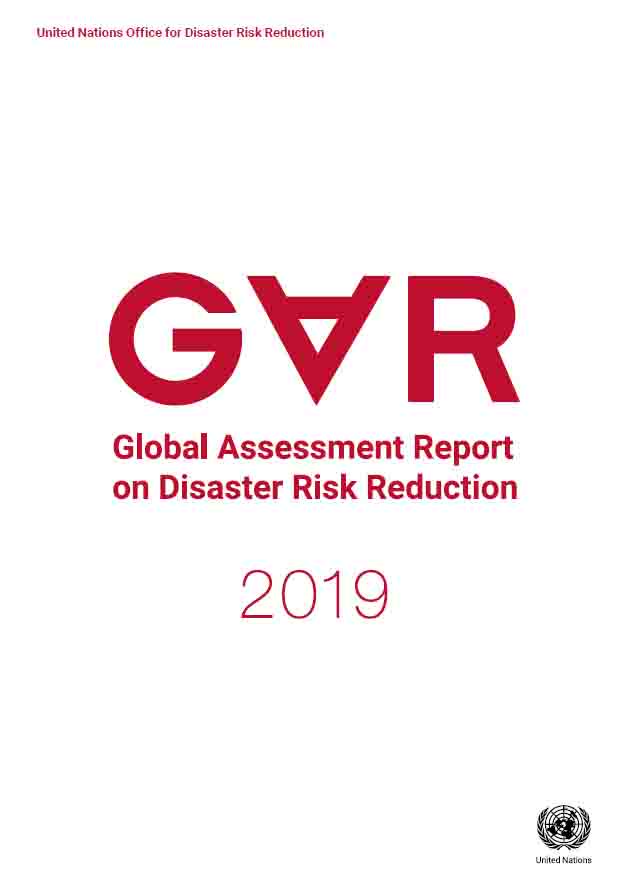Early Warning Early Action in Eswatini
This case study captures the experiences of Eswatini Red Cross working on ‘Stakeholder Engagement for Early Warning Early Action through the Promotion of the Common Alerting Protocol (CAP)’. The case study was developed under the IFRC Alert Hub Initiative.
Early Warning Early Action in Eswatini Read More »

